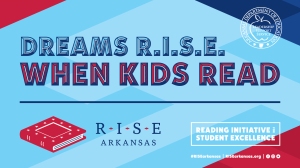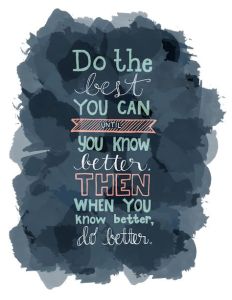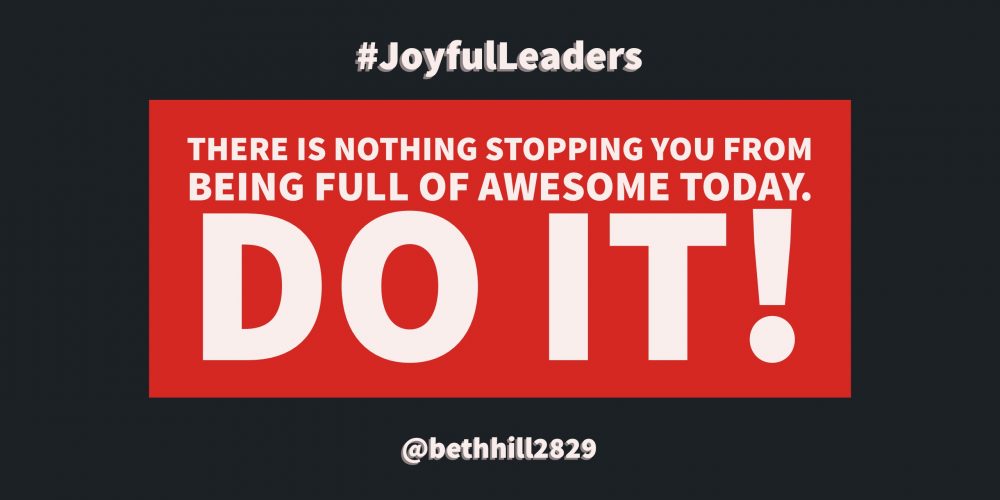It was the summer of 1998, and I was about to begin my career as a first grade teacher. I was assigned a mentor and given sets of textbooks. What more does a new teacher need? (Insert the LOL!) When I received my assignment of first grade, my thoughts went immediately to teaching kids how to read. This, I had been told, is a “first grade thing”. Kids learn the majority of their foundational skills in first grade.
And then…it hit me.
I am responsible for teaching 25 children how to READ! What??????????
I remember sitting down with the basal teacher guide and reading through the lessons, thinking, “This won’t be that hard!” Throughout the school year, I taught my heart out through whole group reading, some small group time, flash cards that went home so kids could learn “sight words” and vocabulary that would help them read the story of the week…and guess what? The majority of the class learned to read those stories. My school also began using the Accelerated Reading Program, where kids take an assessment that gives them a range of reading levels. The books in the library were coded by color, and students had to choose books within their color range. This was awesome! My students were reading like crazy, earning points each week and winning prizes for being such wonderful “readers”. When spring came around and the school year came to a close, I felt successful…until…
I attended a week long professional development on balanced literacy. My state was piloting balanced literacy and framing the English Language Arts standards around the components. A year later, I was chosen to be one of the pilot classrooms. I had my own literacy coach, and a large sum of money to purchase materials for centers, whole group and small group areas, and leveled readers for guided reading groups. This, I decided, was the right way to teach reading. My students were happy, their families were happy, and I knew my students’ reading levels because of the running records I analyzed each week. The end of the pilot year showed high standardized test results, students had advanced in reading levels, and most of them were strong writers. The following year I moved to second grade and had the opportunity to keep 8 children from my first grade class. I continued to grow in my practice and sustain the balanced literacy model. By this time, our district was in the process of having everyone trained and making the shift from a basal to comprehensive literacy (another term for balanced literacy).
I eventually became an academic coach and a trainer of balanced/comprehensive literacy for my district. I knew this model like the back of my hand. I could quote the gurus and tell you the page numbers to find specific information from their books. I was grounded in my practice, for I had not only implemented as a teacher in a classroom, I was teaching the content to other teachers.
After three years of coaching and training teachers in balanced literacy, I made the decision to reenter the classroom setting. I missed daily interactions with students and wanted my own classroom, so I returned to the classroom as a third grade teacher. My classroom was considered a site based observation classroom for the comprehensive literacy model. As teachers were trained, they would visit my classroom for the entire literacy block, and script on a protocol. I would spend the afternoon with the group of observers, walking through the block and debriefing with them.
I was a strong teacher then, but looking back on my practice, I realize some big pieces were missing. My students were learning to read, even if they were levels behind the grade expectation. I saw gaps in reading and writing ability, but the research stated that reading comes first, and writing after. I taught kids where they were, and they made progress.
An Awakening
Let’s fast forward to the summer of 2018. I spent three days in professional development on the science of reading. After the third day, I came to a very difficult realization…
We have been doing it wrong. I have been doing it wrong.
I was confused for months, even after attending the last three days of professional development. How have teachers not known what the research clearly states? How did my undergraduate program not prepare me? Why did I teach children to read by looking at the pictures and using strategies to “guess” words?
I wanted to cry…I did cry. I wanted to go back in time. I wanted to contact the students I taught and apologize for any struggles they faced later in their education journey, because I taught them strategies to guess at words. I thought I was a great teacher…a master of literacy instruction…
At some point, every teacher will question their impact. The truth is just what Maya Angelou says…
“Do the best you can until you know better. Then when you know better, do better.”
 The state of Arkansas (where I live) has made a huge commitment to ensure every certified teacher has an awareness of the science of reading. Furthermore, every teacher who teaches grades pre kindergarten through sixth will be proficient in the science of reading by 2021. The movement is called Reading Initiative for Student Excellence, or RISE. It is several days of intensive professional development that provides teachers with the knowledge and skills necessary to provide quality reading instruction to students. I have completed 72 hours of professional development in the science of reading, and it has opened my eyes to a whole new world of instruction. My next journey begins soon, as I participate in 36 additional hours to become a trainer for the science of reading and the RISE initiative in my state. I am a work in progress. I still question some things, and second guess if this is the right path. When reflecting on what I have learned, I know we are headed in the right direction. This is the path we need to take.
The state of Arkansas (where I live) has made a huge commitment to ensure every certified teacher has an awareness of the science of reading. Furthermore, every teacher who teaches grades pre kindergarten through sixth will be proficient in the science of reading by 2021. The movement is called Reading Initiative for Student Excellence, or RISE. It is several days of intensive professional development that provides teachers with the knowledge and skills necessary to provide quality reading instruction to students. I have completed 72 hours of professional development in the science of reading, and it has opened my eyes to a whole new world of instruction. My next journey begins soon, as I participate in 36 additional hours to become a trainer for the science of reading and the RISE initiative in my state. I am a work in progress. I still question some things, and second guess if this is the right path. When reflecting on what I have learned, I know we are headed in the right direction. This is the path we need to take.
I still have concerns:
- How do we teach kids to crack the reading code along with teaching kids to love reading?
- How do I support teachers with scheduling to ensure all students have quality instruction in the five essential elements (phonemic awareness, phonics, vocabulary, fluency, and comprehension, National Reading Panel Report, 2000)?
- How do I help teachers capitalize on independent reading time during the school day and in the homes of our families?
- And, so many more…
Each day, I prioritize a few minutes to read a blog, listen to a podcast, or have a discussion about the science of reading. Reading isn’t a natural process, and learning the science of reading isn’t either. As educators, we must embrace our role of teaching literacy within every content area. We must study, reflect, and let go of some practices that aren’t supportive of kids’ ability to crack the reading code.
I am still learning, and will never arrive when it comes to my career. Teaching kids to read is a gift, and we must use the best practices available to us.
When we know better, we must do better.


Pingback: @bethhill2829 Great post on the difficulties/fallacies of ...
Oh my, your story is so much like mine! I wish I could go back and have a do-over!! Thank you so much for the mantra. We thought we were right! I am now retired and homeschool my dyslexic grandson. Because of my Orton Gillingham training, I have learned so much! Thank you for your article!!
LikeLiked by 1 person
What a great story. I feel much the same as you. I taught for years using the same whole-language method that I grew up using. It worked for me, so why wouldn’t it work for me? But there were always those kids I couldn’t help and I had no idea what to do for them. After a few days of Orton-Gillingham training, I’ve had a complete change of heart. I’m now doing my PhD. in teacher training in early reading and I’m specifically looking at why the science of reading is generally left out. Best of luck to you and I plan to keep following your journey.
LikeLike
Thank you for sharing!!!
LikeLike
My story, too, Bethany. Press on.
LikeLiked by 1 person
Sharing your story really matters! Thank you-
LikeLiked by 1 person
Thank you for sharing your story. ❤️
LikeLiked by 1 person
It is specific to my state and is on the science of reading!
LikeLike
Your story is my story as well. Thank you for sharing. Do you mind to share the training you are receiving?
LikeLike
It is specific to my state and based on all the research on the science of reading.
LikeLike